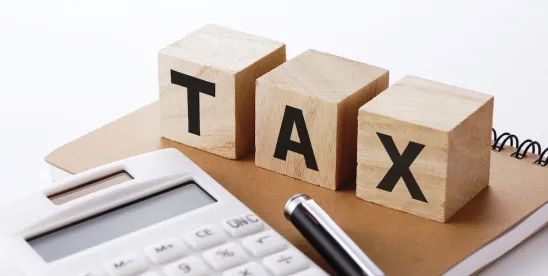Viewpoints
The IRS’s recent ruling offers increased flexibility for employers in structuring 401(k) contributions within cafeteria plans, benefiting both employers and employees.
- More Employee Benefit Choices: Employers can now make discretionary contributions more ways, including combining some 401(k) and welfare benefit choices.
- Opportunities for Competitive Benefits: The ruling enables employers to design more tailored, competitive benefits packages, enhancing employee satisfaction and retention.
The IRS has surprised employers with a new interpretation of how 401(k) contributions can be made in connection with a cafeteria plan. Many employers offer cafeteria plans, allowing employees to choose from various health and welfare benefits or taxable compensation. Historically, the IRS’s “contingent benefit rule” has prevented employers from offering a similar choice to employees regarding 401(k) plan contributions, because the rule prohibited other benefits from being contingent on 401(k) plan benefit elections. However, the IRS’s new ruling now allows an employer to make a discretionary contribution that employees may allocate to different plans, including a 401(k) plan, without the contribution being included in the employee’s taxable income.
What Did the Proposed Plan Look Like?
An employer asked the IRS for its ruling on several proposed plan amendments, which would change the discretionary contributions to the 401(k) plan without changing the safe harbor non-elective contribution. Specifically:
- The proposed amendment to the 401(k) plan allowed eligible employees to choose where to receive an annual, irrevocable employer contribution — in the employer’s 401(k) plan, the employer’s Health Reimbursement Account (HRA), the employer’s Educational Assistance Program (EAP) or the employee’s Health Savings Account (HSA). If no employee election was made during open enrollment, the contribution would be made to the 401(k) plan. Employees could not receive the contribution as cash or a taxable benefit.
- An amendment to the EAP proposed allowing student loan payments to be made directly from the EAP to the lender if the employee allocated the employer contribution to the EAP.
- The proposed amendment also allowed employees to allocate the employer contribution to the EAP or as an employee’s HSA contribution but prohibited receiving other benefits from the EAP or making pre-tax payroll contributions to the HSA, until after March 15 of the following year. This timing would prevent contributions greater than the limits set under the Code.
How Did the IRS Respond?
The IRS provided several helpful rulings on the changes proposed by the employer. Specifically, the IRS ruled that:
- The proposed 401(k) plan amendment would not cause the plan to violate the contingent benefit rule (described above).
- The employer’s contribution would not be considered an employee pre-tax contribution, which would be subject to the lower elective deferral limit, rather than the much larger annual additions limit.
- The allocation of the employer contribution to the HSA would be excludable from the employees’ taxable income.
- The EAP amendment would not affect the treatment of tuition or loan payments made under the EAP as excludable from the employee’s taxable income.
- The employee’s ability to allocate the contribution between different programs would not prevent the EAP from qualifying as an EAP under section 127 of the federal tax code.
IRS “private letter rulings,” like this one, are technically directed only at the requesting employer and cannot officially be followed as precedent. However, because they often guide practitioners on the IRS’s perspective on issues, this ruling increases flexibility for employers designing competitive benefits packages.






 />i
/>i

